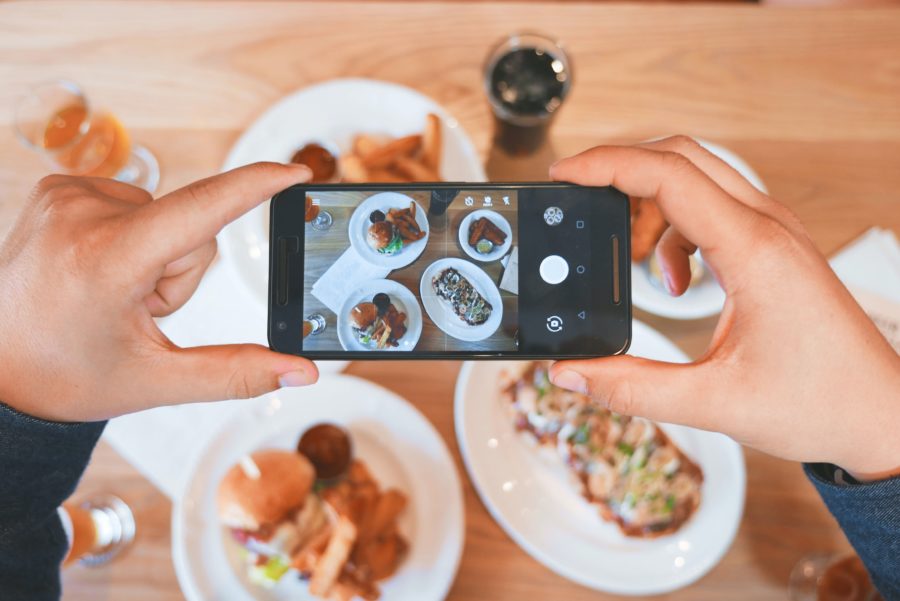Influencer marketing has grown rapidly in recent years, and marketers are leveraging social media influencers to increase brand awareness. While the word “influencer” has been buzzing in the social media marketing world for years, there’s now a new term on the block — ”micro-influencers.”
Who, exactly, are micro-influencers?
Micro-influencers are “average Joes” — people who are simply knowledgeable and passionate about a specific topic or brand. They could be a food blogger, traveler, fashionista, or fitness guru with an engaged community surrounding them who share their interests. Due to their strong online following and authenticity, micro-influencers can easily help brands connect with their target customers.
“People can break through the noise. People trust people. Influence is about relationships.” — Ty Heath, B2B Marketing Specialist
THE TREND OF MICRO-INFLUENCERS
For a rising number of brands, influencer marketing has earned a spot in their 2021 social media marketing strategy in an effort to connect with their customers in a new manner.
A recent report by Linqia found that 71% of enterprise marketers who knew how the marketing budget would be allocated in 2021 said that their influencer marketing budgets would increase over 2020. Linqia also found that micro-influencers with followers between 5K and 100K were the most common focus for brand campaigns and the number of marketers that wanted to work with them has increased 10% over 2020.
According to online sales and marketing training company iMPACT+, “With a smaller number of followers, micro-influencers’ followers tend to see themselves as peers of the influencer rather than fans.” That’s why leveraging micro-influencers who are followed by your target audience can put your products or services directly in front of the right people.
FOOD BRANDS USING MICRO-INFLUENCERS
Influencer marketing trends are dictated by the fact that consumers crave transparency and want to feel included in a brand’s story.
Eating is a huge part of socialization, and many food brands are focusing on having influencers tell their stories — down to where the food comes from. Consumers are more likely to engage and respond when the message is coming from someone they trust versus a company representative.
McDonald’s, Burger King, and Subway are all incorporating influencer marketing into their larger fast-food advertising strategy. All three companies leveraged social media stars in an effort to reach millennials. Their approach was to target Instagram influencers to create sponsored posts. McDonald’s campaign alone generated over 300,000 likes.
But, finding success through influencer marketing is not siloed to just major food brands. Smaller food and beverage companies have also integrated this trend into their campaign strategy, for example:
- Station 16 – Seafood Restaurant & Bar: The Sacramento seafood restaurant’s influencer application requires individuals to share photos, videos, and articles on their online platforms. In return, they’re involved in brand campaigns, events, and get early access to promotions.
- Spiceology – Chef Operated Spice & Seasoning Company: This spice company seeks chefs, BBQ enthusiasts, food, and lifestyle influencers and their application requires that you apply with your social media details and follower metrics.
- Three Brothers Wineries & Estates: The Geneva winery and microbrewery look for influencers in the food and beverage industry. Their application requires social media links, follower counts, and engagement metrics.
THE BIGGER PICTURE
The Wall Street Journal (May 16) recently reported that marketers are looking for new ways to get in front of consumers that are watching less traditional TV. While that movement reflects fewer, long-term TV ad deals, advertisers are looking for new ways to reach their target audience – and micro-influencers may just be the ticket.
Influencers are even being used in politics. When the Biden-Harris campaign used nurses, teachers, essential workers, truck drivers, and dads to distribute 15,000 Instagram stories, they achieved a 305 percent higher click-through rate than traditional celebrity influencers.
Ultimately, influencer marketing can be a benefit to all organizations no matter their size or industry. After all, using micro-influencers is budget-friendly, yields higher engagement rates, humanizes a brand, and tends to build trust.










